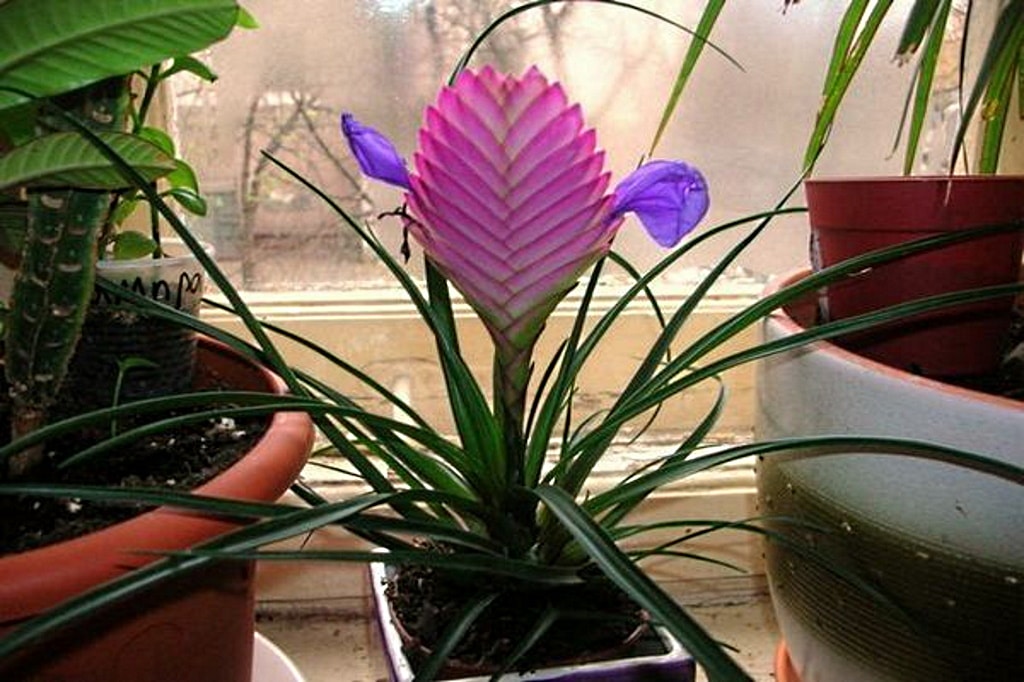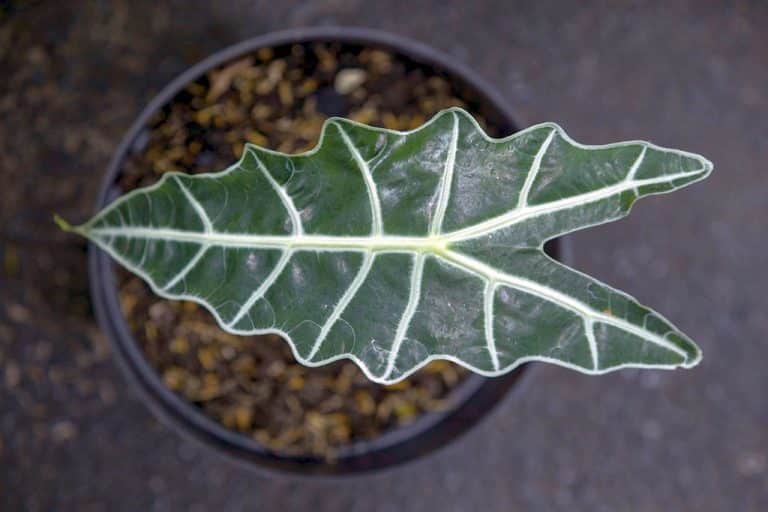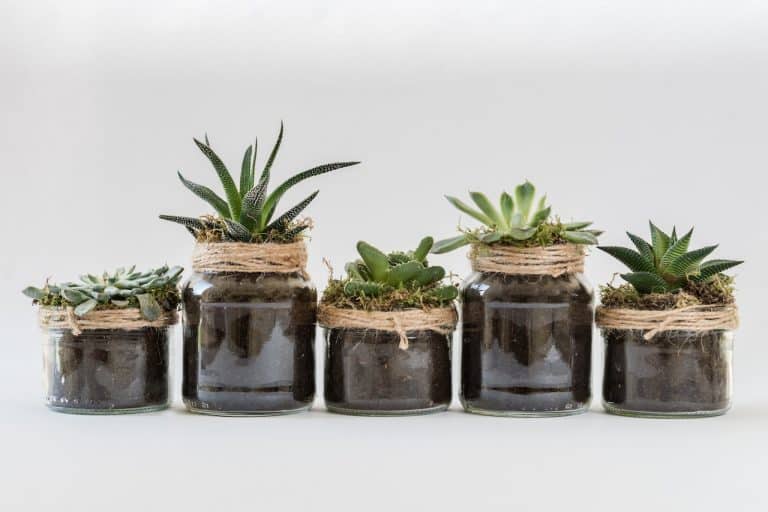Tillandsia cyanea is ideal for beginners
Tillandsia cyanea care is similar to all other tillandsias, except that Tillandsia cyanea needs a little more water.
Tillandsias are very resistant and require much less attention than other indoor plants. Even if you find specimens that are not watered enough, each can recover as long as there are green parts on the plant. Such a plant should be soaked in water for 12 hours, and then repeat the procedure 2-3 days later, for 4 hours. After that, continue with normal watering. It is best to water it with soft water, two to three times a week.
Although they like the lower temperature at night, do your best to protect them from severe cold – don’t let the temp drop below fifteen degrees. They do not need to be watered too often, unless the air in the house is dry, such as when, for example, the air conditioner is running. And if this is exactly the case in your home, it will be best to submerge the entire plant in water once every two weeks and leave it like that for 2-3 hours.
It is very popular to grow tillandsias in glass balls, and in this case you should make sure that the ball is not too small and that enough air flows around the plant. In summer, you can water it once a week, but make sure that the plant does not stay wet for a long time. By the way, what seems like a pink flower to us is actually a leaf that looks like a fish scale. During the winter, tiny lilac flowers appear under it.
Does Tillandsia need fertilizer?
Botanists have discovered that tillandsia primarily absorbs vital nutrients through its leaves. Therefore, add half a water of concentrated liquid fertilizer to the spray water in summer. In winter, extend the time interval to 4 to 6 weeks.
The use of a special fertilizer for bromeliads is optional. Liquid fertilizers for houseplants available on the market are cheaper and cover nutrient needs just as efficiently.
When and how should Tillandsia cyanea be cut?
You can cut off a dried flower stem only if it affects the well-groomed appearance. If one of the long, narrow leaves should die, it would be ideal to wait for the plant to drop it on its own. Remove the yellowed leaf to avoid a cut.
Potting and care – How to do it right
Tillandsia cyanea blooms once in its life and then dies. At the end of the flowering period, the daughter plant is created. When the baby reaches half the height of the mother plant, cut it off and pot it to continue its blooming splendor.
Do not separate child and mother plant too early
So that a child first develops its own root system, pot it up for about half a year. Whether you then attach the Tillandsia to a base or continue to cultivate it in a pot is your personal decision. Proceed professionally in these steps:
- Fill a nursery pot with a mix of loose bromeliad soil and sand
- Insert the daughter plant into it up to the lower leaves
- Spray the child with soft water
- Water the substrate moderately
By putting a plastic bag over the child, a growth-promoting, humid and warm microclimate is created. Two wooden sticks serve as spacers so that the material does not touch the plant. In a semi-shady, warm location, ventilate the hood daily and water the substrate when it has dried. The cover has done its job as more leaves thrive.
After 4 to 6 months, a Tillandsia cyanea child has developed so vigorously that it can be cultivated like an adult plant.







